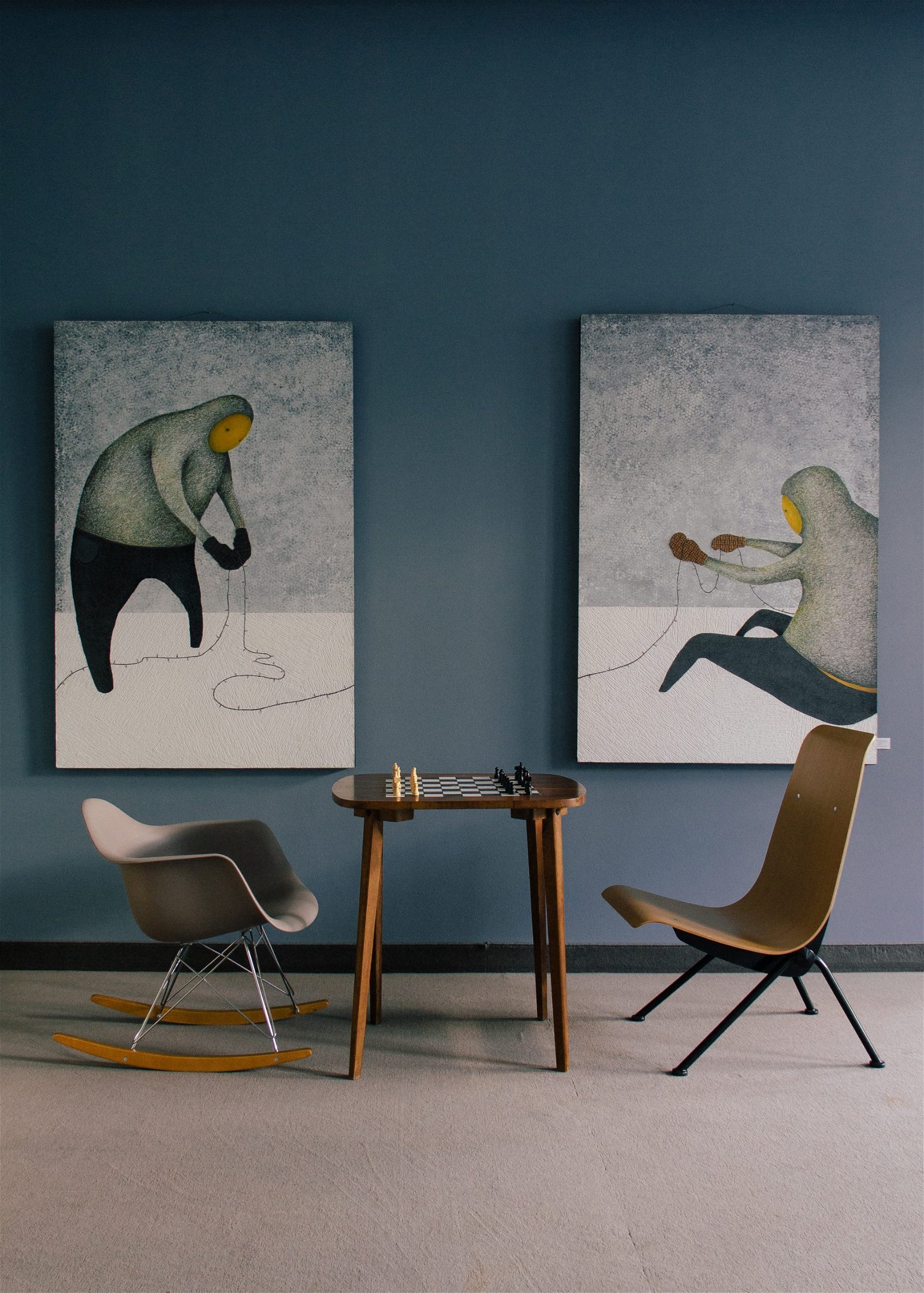Many times, the renovation of a place doesn’t only involve its physical restoration, but also a change in the building’s fingerprint and in the dynamics of the neighbourhood around it. Today, Mark Lorincz shows us how Tiszavirág Szeged was one of such cases.
Built by Salamon Politzer Goldsmith in the late 50’s, the Tiszavirág Szeged is one of those romantic-style buildings that overwhelms with its overall beauty, artistic walls, and volute styled balconies. The historical townhouse is now a beautiful boutique hotel where design, tradition, gastronomy, and architecture effortlessly come together.
When the young Hungarian photographer Mark Lorincz was asked to photograph the hotel and create Tiszavirág’s catalogue, he had no choice but to jump into the opportunity. Today, we chat about his journey, his plans for the future and how it was to photograph such an iconic place of the city.
Tiszavirág feels like home, and its an amazing feeling to be able to be a part of their journey by photographing the historic site. How could I deny such an opportunity?

Tell us about yourself. Who is Mark Lorincz?
Mark is an eighteen year old photographer based in Budapest who enjoys working exclusively with natural light.
I started experimenting with photography without any formal education and have been in love ever since. I would credit my main learnings and understanding of photography to the fashion industry professionals who helped me make sense of it all.
How did you get started?
Playing around with different kind of photos. I contacted some professionals in the fashion world and I was lucky enough to get real life changing advice. I sought help from professionals like Alexander Saladrigas, as I admired his work and ethics.
The true exploration of my passion started when I was 17 and three of my photographs were published on Vogue Italia’s digital platform, PhotoVogue. Since then, more of my work has been published by them.
You use light in an interesting way. What role does it play in your work?
Light plays an extremely important and definitive role in my photography. In fact, I believe it’s one of the most imperative elements of my work.
I cherish natural light and enjoy the different effects and shades it creates. I do not eulogise artificially created light, although I do occasionally feel that some images turn out beautiful thanks to it. I try to keep everything life-like when I take up a project.
We noticed a project you did for the Tiszavirág Hotel. Could you tell us more about it?
Szeged, in Hungary is a small town but also my home. It is a beautiful and colourful town and houses a lot of educational institutes and also restaurants and cafes. I would visit Tiszavirág often for a cup of coffee and to get work done, as it has a calm and friendly atmosphere. They have these lovely corners and sitting places with art all around — it is very inspiring.
One day, I was working on a different fashion project and happened to meet the owner and the PR Head of Tiszavirág. We got talking about the various paintings they house and how they motivate local and independent artists to sell their work at the hotel. That’s when they found my work interesting and asked me to shoot a catalogue for them.
What was the brief from the client and how did you prepare to shoot this place?
There was no particular brief given. They did tell me about the history of the building, which made me feel I had to do justice to the monument.
I couldn’t have done this alone and hence I contacted my friend Varga Priszcilla, an extremely talented Art Director based in Budapest. She’d heard about the place but never got an opportunity to visit it. I felt this would be a great chance for both of us and we started working on some ideas about what should be the key focus and how to go about shooting it.
What message were you trying to convey?
Most people around Hungary know the place so I wanted to bring out the heritage. I wanted to showcase my feelings, how connected I feel to the place, and how friendly it actually is. I wanted people to see the warmth and the welcoming side of the hotel.
How would you describe your photography journey in one sentence?
To put in shortly, it is a very gruelling process and anyone who thinks of becoming a photographer must be ready to take it head on.
Is there something that you still want to experiment with but haven’t as yet?
There are way too many things I want to experiment with and I really think I should, to get better each day. My journey has only just begun.
Interestingly, I would like to do some documentary and editorial photography and work on a project capturing the underprivileged. I think I could do some meaningful work given the opportunity. I also want to try my hand at working for a travel magazine and be a part of a full-time creative role — it excites me.
What project are you planning on doing next?
There is one project I am working on currently using my phone to show my neighbourhood and hometown in a different light. I also plan on continuing my work as a portrait photographer because I feel it’s a never ending one. I would like to capture as many unique characters and people as I can.
To see more of Mark’s promising work visit his Cherrydeck profile or his website, here. For more interesting projects on architectural photography, have a look at Pierre Châtel’s feature of the Ringsten Crematorium or our interview with Edmund Sumner. ?











